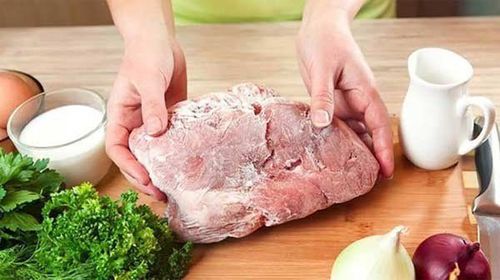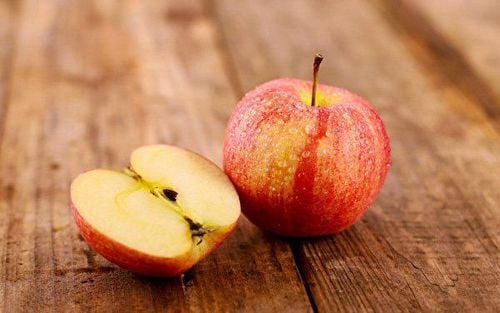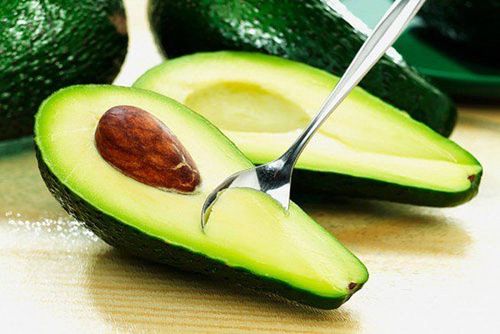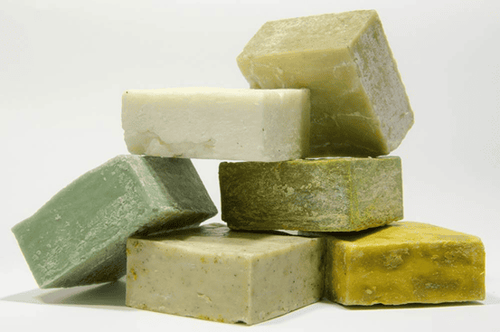This is an automatically translated article.
Food contamination is one of the leading causes of foodborne illness and can occur at any stage of the food production process. However, as infections can be prevented, it is important that you follow safe food handling procedures.
1. What is food contamination? Food contamination occurs when bacteria multiply in foods, causing them to spoil. Eating spoiled foods can make you sick either directly by bacteria or by bacterial toxins.
There are 3 main types of food-borne diseases caused by bacterial infections, including:
Food poisoning: Bacteria multiply in food and release toxins that cause disease if ingested, mainly Clostridium perfringens, Staphylococcus aureus and Clostridium botulinum. Food contamination: Bacteria that grow on food and continue to grow in the intestines after eating, mainly Salmonella, Listeria monocytogenes and Shigella. Toxin-mediated infections: Bacteria that reproduce while in food and release toxins into the intestinal tract after ingestion, mainly Escherichia coli (E. coli), Campylobacter jejuni and Vibrio. Common side effects of foodborne illness include:
Abdominal pain Loss of appetite Headache Nausea Diarrhea These symptoms usually occur within 24 hours of eating contaminated food, but sometimes they can appear days to weeks later, depending on the type of bacteria.
2. What kind of food is susceptible to bacterial contamination? While all foods are at risk of contamination, some foods are more susceptible to bacterial contamination. Especially foods with high water, carbs, and protein content, create optimal conditions for bacteria to reproduce. Here are some common foods that are at high risk for contamination:
Freshly prepared salads such as pasta salads, potato salads, coleslaw and fruit salads Rice, pasta and potato dishes Meats stews and lasagne Unwashed fruits and vegetables Green leafy vegetables Watermelons, cantaloupe and other fruits with thick and firm flesh Meat, poultry, fish, eggs Cold meat Dairy products, especially milk and cheese unpasteurized Soft cheese Unpasteurized cider Soups Meats, sauces Bean sprouts Leftovers By cooking and storing food at the right temperature and handling it safely, you can reduce the risk of food contamination eat .

Salad tươi đã chế biến là thực phẩm dễ bị nhiễm vi khuẩn
3. How fast is the bacteria's reproduction rate? Bacteria can reproduce at an exponential rate when living in a temperature range of 4–60°C. On average, bacteria can double in number in as little as 20 minutes and multiply continuously for many hours. This causes food contamination, causing food to spoil and potentially cause illness when ingested.
On the other hand, when you store food at temperatures below 4°C, bacteria cannot multiply as quickly. At -18°C, the bacteria enter a dormant state and will not multiply.
When food is heated to a temperature above 60°C, bacteria cannot survive and begin to die. This is why cooking and reheating food properly is essential to reducing the risk of foodborne illness.
To prevent rapid bacterial growth, it is important to keep some foods out of the 4 - 60°C temperature range. If food has been left at this temperature for more than 2 hours, it should be discarded.
Note that putting contaminated foods back into the refrigerator or freezer will not kill the bacteria, so they are not safe to eat.
4. In what way is food contaminated? From the time of production to consumption, there are many opportunities for bacteria to grow to cause food contamination such as:
Growing, harvesting, slaughtering, food processing Food transportation Food preservation products, in freezers, storage rooms, or pantries Distributing food as in grocery stores or farmers markets Preparing and serving food, including in restaurants, food service operations or at home Often, food becomes contaminated with bacteria by cross-contamination, which is bacteria that moves from one substance to another. This can happen at any stage of the food production process.
Bacteria can get into food in a variety of ways, such as:
From contaminated equipment such as utensils, cutting boards, countertops or machines From humans, such as through manipulations in the process processing such as sneezing, dirty gloves, etc. From other foods such as raw chicken to raw vegetables. Food contamination can also occur without cross-contamination. Bacteria that exist naturally on raw meat, poultry and fish if not cooked and stored at the right temperature, the bacteria will multiply and cause illness if ingested.
Finally, bacteria grow on foods that have been left in the 4 - 60°C temperature range for too long, such as food left on the counter, food in uninsulated lunch bags.
Watch now: Refrigerating and reheating food is potentially dangerous?
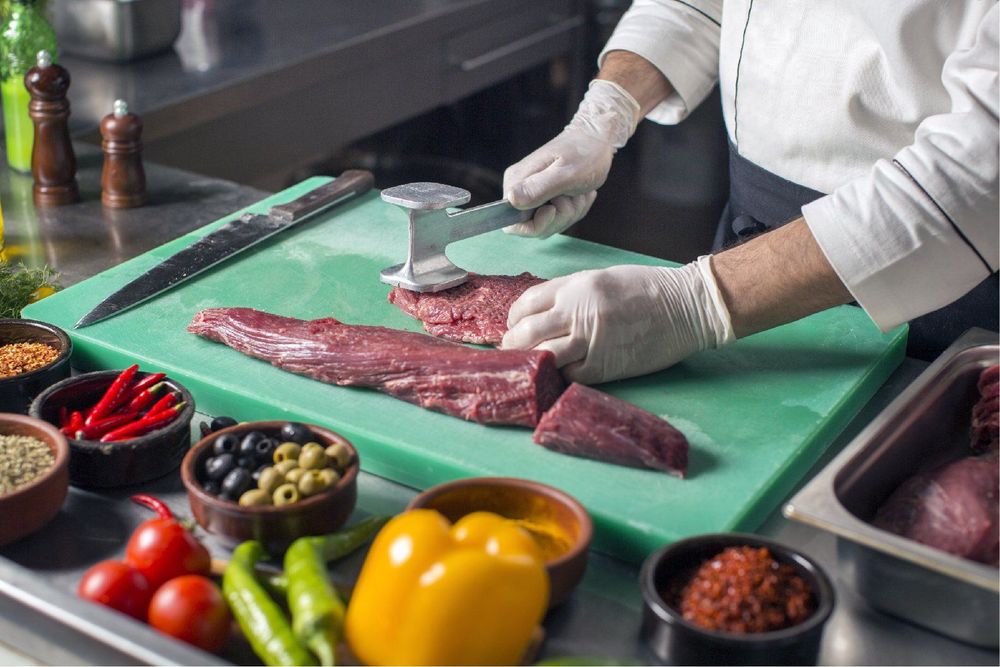
Vi khuẩn có thể đi vào thực phẩm theo nhiều cách khác nhau
5. How to prevent food contamination? Contamination of food can occur at any stage of the production process, to prevent food contamination it is necessary to store food properly for each stage.
5.1. Food Safety Tips Read expiration dates carefully and avoid buying foods that are close to their expiration date unless you plan to eat them right away. Place raw meat and poultry in separate bags from the others. Clean and disinfect reusable shopping bags before and after shopping. Avoid eating raw foods that have not been washed. Take perishable foods last to reduce exposure to temperature conditions favorable for bacterial growth, such as eggs, milk, meat, poultry, and pasta salads. Store food as soon as you get home. Discard all cans or packages that are dented or unsealed. Avoid buying raw produce with bruises as these bruises are entry points for bacteria. 5.2. Tips for storing food safely Make sure your refrigerator is set to 4°C or lower and your freezer is set to -18°C or below. Store raw meat and poultry in an airtight container or plastic bag on the bottom shelf of the refrigerator to prevent water from contaminating other foods. Use leftovers in the refrigerator within 2-3 days and cook them to the right temperature. Cut leftover roast meat into smaller portions and store in the refrigerator. Refrigerate leftovers within 2 hours of cooking. If foods have been left out for longer than 2 hours, discard them. Place leftovers, especially high-risk foods like cooked rice, pasta, soups, and gravies, in an empty container for quick refrigeration. Avoid placing too thick food in the refrigerator as this may prevent the food from cooling properly. 5.3. Tips for safe food preparation Wash hands with soap and water for at least 20 seconds after touching raw meat or poultry, using the toilet, sneezing, coughing, petting animals, emptying the trash, using electricity phone and other activities where your hands may become contaminated. Clean utensils, cutting boards, countertops and other surfaces with soap and warm water, especially after handling raw meat or poultry. Use separate cutting boards for vegetables and meat or poultry. Use only clean dish towels. Use a food thermometer to make sure the food you're cooking is at a high enough temperature. Keep ingredients in the refrigerator until you're ready to use. Wash fresh produce thoroughly before peeling or slicing. Under running water, gently rub the food with your hands or use a vegetable brush for tougher vegetables. Discard the outer leaves of cabbage or lettuce. Also, just to be on the safe side, you should reheat to the right temperature before eating if food has been left out for more than 2 hours, and use insulated lunch bags and cold packs to keep bacteria from growing in your food. foods.
Follow Vinmec International General Hospital website to get more health, nutrition and beauty information to protect the health of yourself and your loved ones in your family.
Please dial HOTLINE for more information or register for an appointment HERE. Download MyVinmec app to make appointments faster and to manage your bookings easily.
Reference source: healthline.com




